ArtistLászló MOHOLY-NAGY: A Lightplay. Black, White, Grey (1932)



1895-1946László MOHOLY-NAGY
A Lightplay. Black, White, Grey (1932)
Digital copy of a 35mm film documenting the operation of László Moholy-Nagy’s kinetic installation Light Prop for an Electric Stage (1922–1930)
As a professor at the Bauhaus in the 1920s, painter, photographer, and designer László Moholy-Nagy revolutionized art education, laid the foundations of his own media aesthetic known as “new vision” and played a key role in the internationalization of the Constructivist art movement. In the creative use of light as a means of visual expression he found an art form that he believed could be utilized to broaden human perception. Moholy was interested in every possible form and expression of light. He was preoccupied with the problem of projecting onto smoke, fog, vapor, and artificial clouds and was interested in the technique of bending flat projection surfaces while proposing the idea of multi-channel simultaneous cinema by using a number of projectors or a light-splitting prism placed in front of the lens of the film projector. Moholy-Nagy’s ideas about the creation of a virtual light space took physical form in his work Light Prop for an Electric Stage, which was displayed in the A.E.G. section of the Werkbund exhibition in Paris in 1930. This kinetic sculpture, consisting of a ball moving in a curved wire frame and a glass spiral on a rotating disc, as well as various grids and perforated discs and sheets of mirror-polished metal, became the protagonist of Moholy’s first abstract film. However, only the last sequence of the film, which was originally conceived as being in six-parts and explored the full range of possibilities as a means of visual communication with light, was completed, and can now be seen here. By floating images superimposed into each other, mirroring, multiplying, and inverting them into their negatives, the film presented the optical experience of the mere mechanical operation of Moholy’s device. The theme of the piece is, in Moholy’s words, “the consciously designed pairing of light and shadow effects, and transposing our sense of space (the “spatial problem”) into the two-dimensionality of film”.

The painter, photographer and designer László Moholy-Nagy (1895, Bácsborsód – 1946, Chicago) revolutionized art education as a professor at the Bauhaus, laid the foundations of the media aesthetics known as “new vision” and became an active player in international constructivism. His creative use of light, he argued, could help people to navigate the complexities of modern life, as the kinetics of light showed the known world from a new perspective.
Light Revolution ExhibitionARTISTS
Zalán ADORJÁN | Gáspár BATTHA | Bálint BOLYGÓ | BORSOS LŐRINC | Éva BORTNYIK | Attila CSÁJI | Attila CSÖRGŐ| Ben FODOR| GLOWING BULBS | Zsolt GYENES | HEALIUM | Tamás HERCZEG | Erzsébet HORVÁTH | György KEPES | Gábor KITZINGER| Ivó KOVÁCS | Éva KÖVES | Waldemar MATTIS-TEUTSCH | András MENGYÁN | László MOHOLY-NAGY | Erik MÁTRAI | András NAGY | Nicolas SCHÖFFER | Zalán SZAKÁCS | Ariel Dávid SZAUDER | Csongor G. SZIGETI | Csilla SZILÁGYI | Jeannette SZIRMAY | Andrea SZTOJÁNOVITS | Róbert TERKÁL | Csaba TUBÁK | Victor VASARELY | Viktor VICSEK | Ákos ZEMBA
